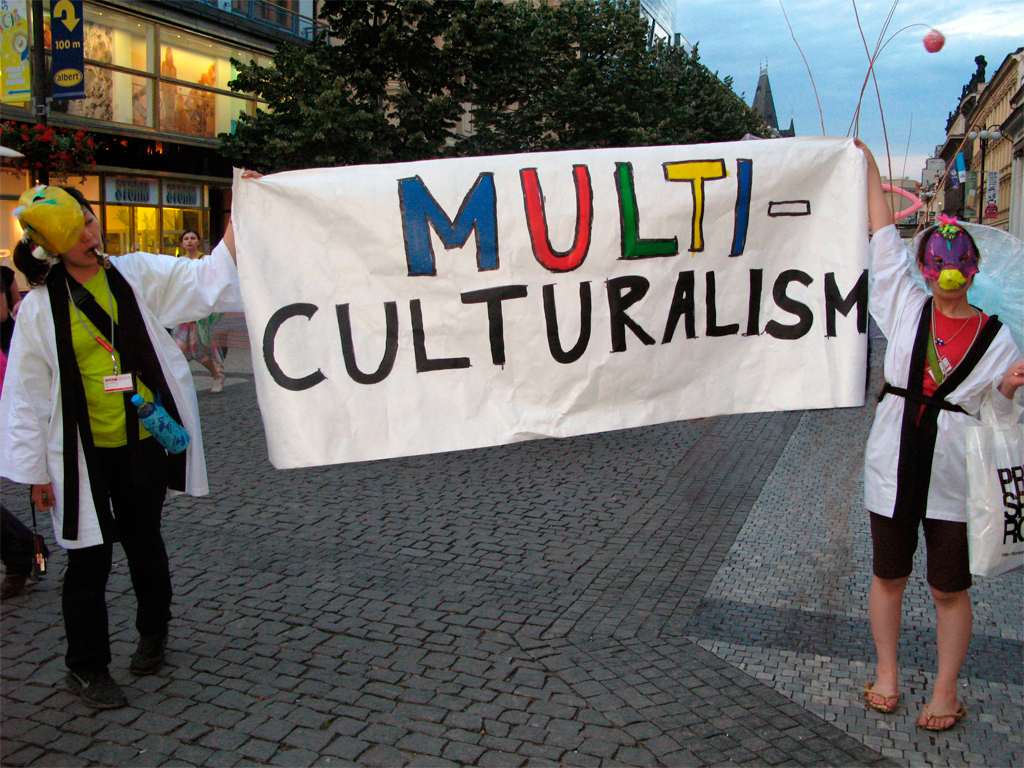Prague Daily Monitor
July 29, 2013
The capital of Prague will remain unaffected by the expected steep decline in the Czech population, as disappearing Praguers will be gradually replaced by immigrants from outside Prague and from abroad, who will crushingly prevail in 2100, daily Mlada fronta Dnes (MfD) writes Saturday.
It recalls the Czech Statistical Office’s (CSU) prognosis that the country’s population, which is 10.5 million now, will decline by almost three million by 2100.
MfD turned to sociologists, asking them to forecast the population development in Prague, now a city with 1.2 million inhabitants.
Tomas Kostelecky, from the Sociological Institute of the Czech Academy of Science, said unlike elsewhere in the country, Prague’s population will be crucially influenced by immigrants.
“After all, Prague would have died out without immigrants long ago. For many decades, the death rate in Prague has prevailed over the birth rate,” Kostelecky said.
His words have been confirmed by Prague Mayor Tomas Hudecek (TOP 09), a social geographer by training.
“Prague has been losing inhabitants for a long time, as they have been moving to the surrounding districts. On the contrary, the share of immigrants among economically active Praguers has been rising. This trend will undoubtedly continue,” Hudecek said.
The Prague population’s composition in 2100 mainly depends on how many people will have moved in the capital and from where they will come.
At present, Prague mainly attracts immigrants from the Slavic nations based eastwards of the Czech borders – Slovaks, Russians and Ukrainians, plus Vietnamese and Chinese. This can quickly change, however, MfD writes.
“A wave [of immigrants] may come from Africa or the Arab countries. No [arrival of] crowds from Ukraine or Slovakia. There will be also few of them. Their demographic behaviour is similar to ours. They have fewer children and their population is ageing,” Kostelecky is quoted as saying.
As soon as immigrants successfully settle down somewhere, their other compatriots follow to join them and the expanding ethnic community may form ghettos or so called ethnic neighbourhoods that are known from European cities.
Theoretically, something of that kind has been emerging in the southern quarters of Prague where the share of Vietnamese population has been on increase, MfD writes.
In general, such strikingly different ethnic communities tend to concentrate in selected localities, keep their customs and conclude marriages almost exclusively among themselves, the paper says.
Prague has “resisted” an excessive wave of immigrants so far, because the Czech Republic is not well known in the world, the Czech language is very difficult for foreigners to learn, and a role is also played by the Czech economy’s performance. In spite of this, problematic quarters with the parameters of ghettos, either social or ethnic, may emerge in Prague, the daily writes.
“It is really possible that Prague will become a far more multiethnic city,” it quotes sociologist Tomas Lebeda as saying.
 Daily Stormer The Most Censored Publication in History
Daily Stormer The Most Censored Publication in History



